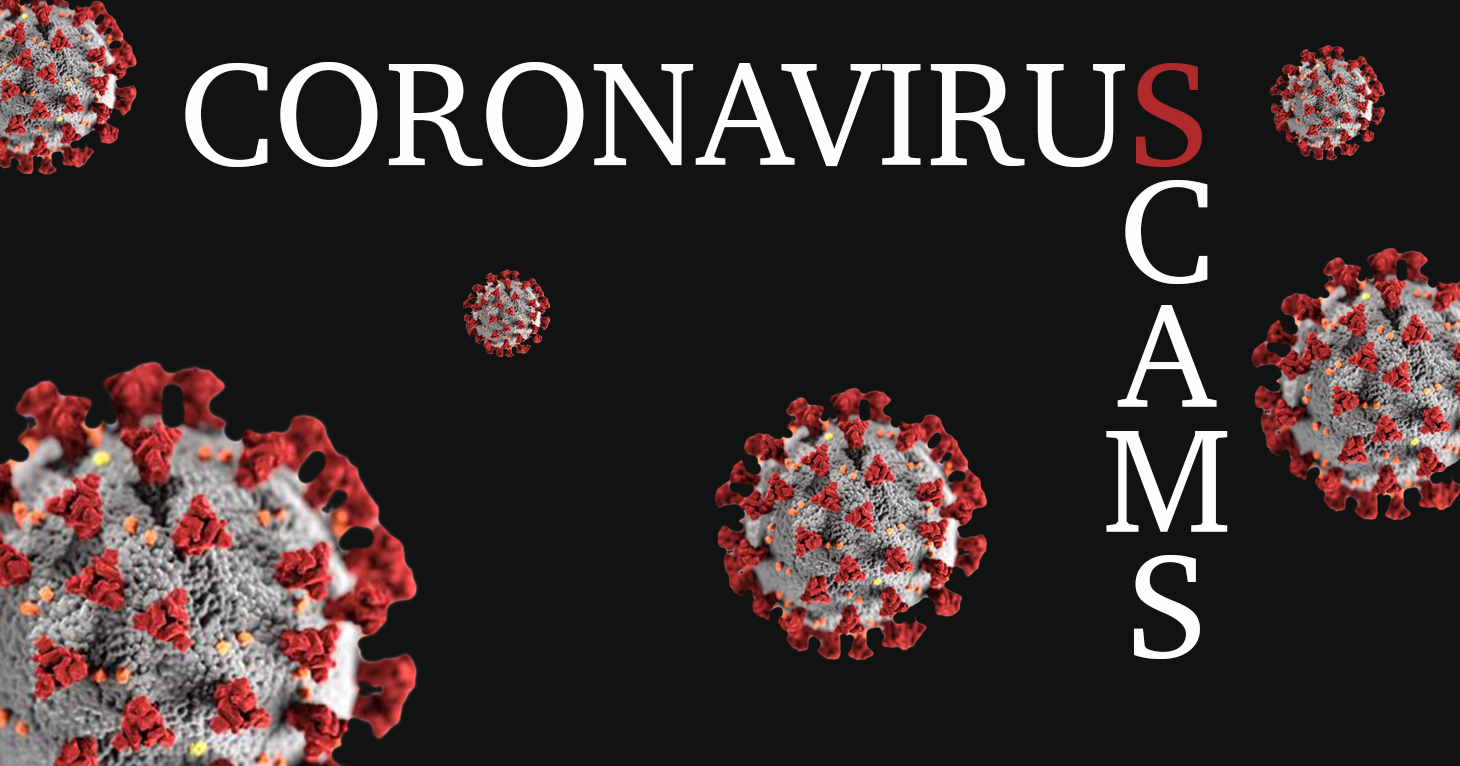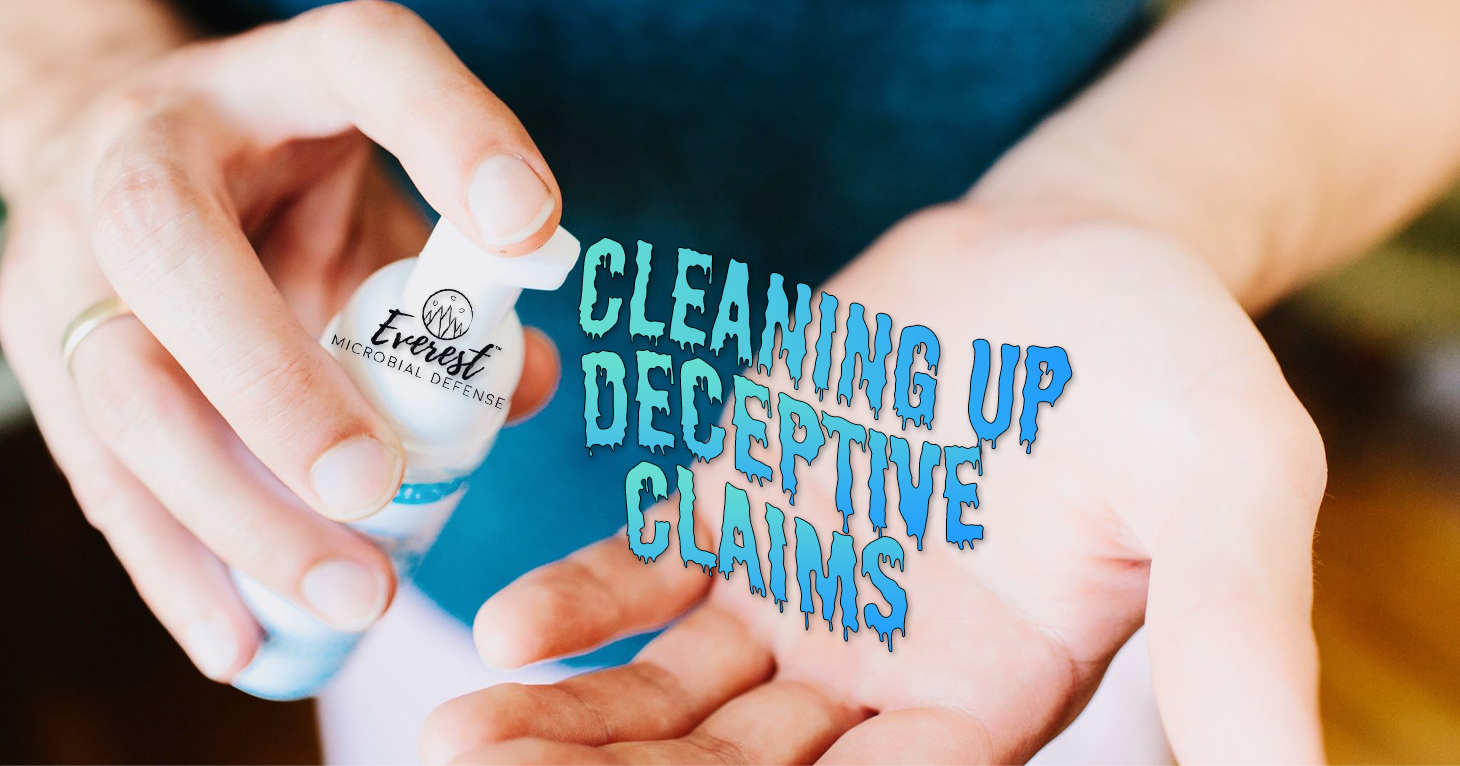
A Growing List of Coronavirus Scams
A master list of known and alleged scams.
Sunscreen claims can be confusing. Here’s what you need to know.
Summertime is here and that means another dizzying trip to the sunscreen aisle. But not all sunscreens meet the American Academy of Dermatology (AAD) criteria. A recent study found that 40 percent of top consumer rated sunscreens sold on Amazon did not adhere to AAD guidelines, including not being water and sweat resistant. Many others are also facing legal challenges alleging they are not performing up to their marketing claims. Here’s what you need to know before you slather or spray.
Do you really need SPF 50?
Many consumers incorrectly believe that twice the Sun Protection Factor (SPF) rating means twice the protection, but this is not the case. SPF actually refers to the amount of ultraviolet radiation required to cause sunburn with sunscreen on as a multiple of the amount required without sunscreen.
Calculated this way, SPF 15 blocks about 94% of UVB rays; SPF 30 blocks about 97%.
Consumers may also believe the products with very high SPFs – such as those over 50 – will protect them better, but the FDA has no data demonstrating that sunscreens with an SPF of more than 50 provide any additional benefits compared to those under SPF 50. The agency changed its regulations on sunscreen and is evaluating whether to limit the labeling of sunscreens with SPFs 50 and above to 50+ and whether those above that should remain on the market.
High SPFs can be misleading because the rating does not take into account factors like the time of day, complexion type, or geography, which can all play a role in light exposure and sunscreen effectiveness. Furthermore, consumers rarely apply sunscreen as often or as liberally as they are supposed to. People who do not take these factors into account or who are lulled by the imagined security that a high SPF offers can end up getting burned.
What is Broad Spectrum Protection?
“Broad spectrum protection” is another confusing term for consumers. According to the FDA, a broad spectrum sunscreen is one that protects against both UVA and UVB rays. Both UVA and UVB rays can cause skin cancer and premature aging, but sunburn is primarily caused by UVB rays. The new FDA regulations mandate that sunscreens labeled as broad spectrum provide protection from both types of rays, though previously many sunscreens only provided protection from UVB rays.
The Environmental Working Group (EWG), however, claims that even with these new regulations, the FDA’s definition of broad spectrum is weak. According to EWG’s research:
Half of the U.S. sunscreens that meet the FDA rules would not make it to store shelves in Europe, where, since 2006, sunscreen makers have voluntarily complied with stricter European Union standards.
Waterproof, sweatproof, and water resistant
Manufacturers can no longer claim that their products are “waterproof” or “sweatproof” and can’t identify them as “sunblocks” under FDA regulations. These terms are deceptive because there is no such thing as sunscreen that is completely waterproof or sweatproof. The term “water resistant” is permitted but must include the length of time (40 minutes or 80 minutes) a sunscreen is proven to be effective after swimming or sweating.
Sprays
About 1 in 4 sunscreens come in spray form, according to EWG.
The FDA has requested additional data on the effectiveness of sunscreen sprays. There is some concern that they may be harmful if inhaled and that consumers have trouble applying enough of the product for it to be effective.
Should Vitamin A be in your sunscreen product?
Vitamin A is an antioxidant added to some skincare products with sunscreen for its anti-aging properties. But it may be harmful when applied in sunlight or in large doses in supplements. The NIH’s National Toxicology Program (NTP) published a report in 2011 that concluded that retinyl palmitate and retinoic acid, two forms of Vitamin A, sped up the development of cancerous lesions and tumors in animals treated with UV rays.
Sunscreen supplements
There is a myriad of supplements boasting sun protection including pills and drinks. But the AAD maintains that these products should not be used in place of sunscreen, citing efficacy and safety issues.
Skin cancer prevention
Scientists have found that regular sunscreen use lowers the risk of squamous cell carcinoma, but there is not enough evidence to be sure that it prevents basal cell carcinoma or melanoma. According to the National Cancer Institute, rates of melanoma have tripled over the last 35 years.
FDA regulations allow broad spectrum sunscreens with an SPF of 15 or higher to say on their labels that they can reduce the risk of skin cancer when used with other sun protection measures, but it does not specify what type of skin cancer.
A typical label reads:
To decrease this risk, regularly use a sunscreen with a Broad Spectrum SPF value of 15 or higher and other sun protection measures including: limit time in the sun, especially from 10 a.m. – 2 p.m. and wear long-sleeved shirts, pants, hats and sunglasses.
Scrutinizing sunscreen ingredients
Sunscreens are marketed as a healthy choice, but some ingredients are controversial. Sunscreens are divided into two types: physical sunscreens, which use minerals like zinc oxide or titanium dioxide to block out UV rays, and chemical sunscreens, which use a combination of UV blocking chemicals and stabilizers. According to the EWG, chemical sunscreens deserve scrutiny because they can penetrate the skin. In particular, the group recommends staying away from the chemical oxybenzone, which is found in 80 percent of chemical sunscreens, because it may cause allergic reactions or disrupt hormones. The American Academy of Dermatology, on the other hand, believes that oxybenzone is safe. Consumers should know that there is some controversy about these ingredients and do their own research before purchasing a sunscreen.
TINA.org’s continuing coverage of sunscreen products can be found here. Sunscreens rated by Consumer Reports can be found here.
This story was originally published 5/26/13 and includes several updates.
A master list of known and alleged scams.
Influencers tout the benefits of brushing with charcoal toothpaste. But do the products work?
Company had claimed the key ingredient in its “system of protection” was proven to “kill” the coronavirus.


